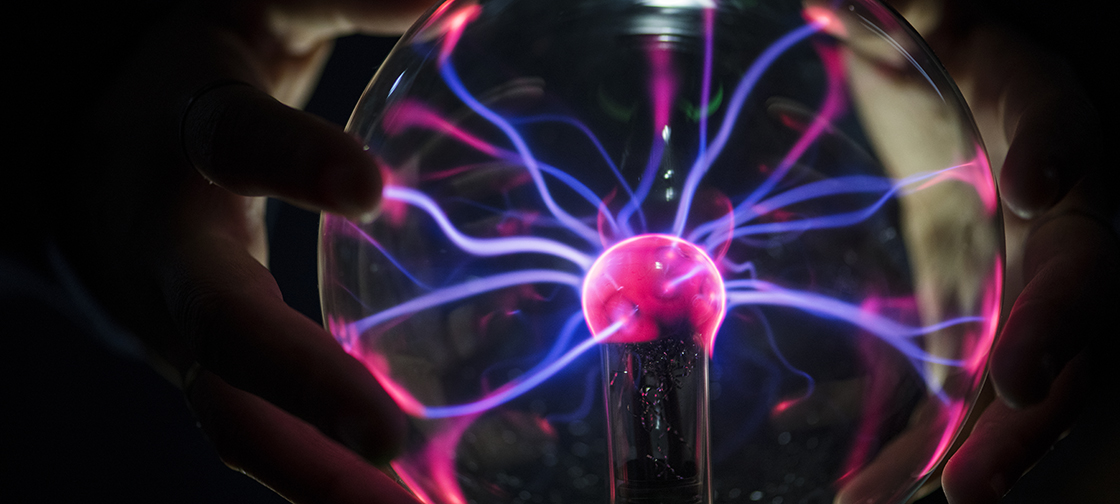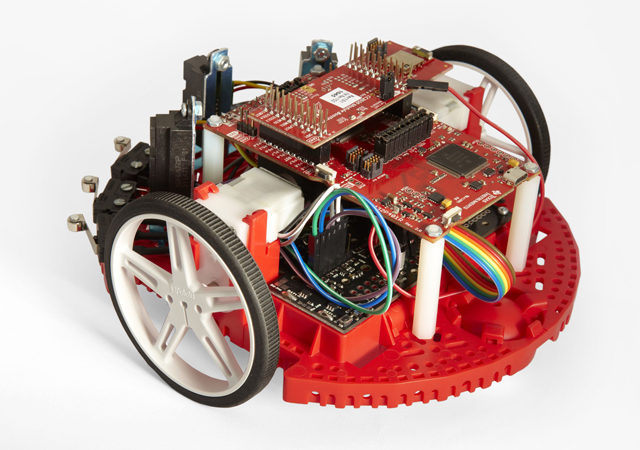In an underground vault enclosed by six-foot concrete walls and accessed by a rolling, 25-ton concrete-and-steel door, University of California, Berkeley, students are making neutrons dance to a new tune: one better suited to producing isotopes required for geological dating, police forensics, hospital diagnosis and treatment.
Dating and forensics rely on a spray of neutrons to convert atoms to radioactive isotopes, which betray the chemical composition of a substance, helping to trace a gun or reveal the age of a rock, for example. Hospitals use isotopes produced by neutron irradiation to kill tumors or pinpoint diseases like cancer in the body.
For these applications, however, only nuclear reactors can produce a strong enough spray of neutrons, and there are only two such reactors west of the Mississippi.
As an alternative, a team including UC Berkeley students has built a tabletop neutron source that would be relatively inexpensive to reproduce and eventually portable and also able to produce a narrower range of neutron energies, minimizing the production of unwanted radioactive byproducts.
“Any hospital in the country could have this thing, they could build it for a few hundred thousand dollars to make local, very short-lived medical isotopes — you could just run them up the elevator to the patient,” said Karl van Bibber, a UC Berkeley professor of nuclear engineering who oversees the students perfecting the device. “It has application in geochronology, neutron activation analysis for law enforcement agencies — when the FBI wants to determine the provenance of a sample as evidence, for example — neutron radiography, to look for cracks in aircraft parts. This is very compact, the size of a little convection oven; I think it’s great, we are excited about this.”
UC Berkeley researchers have now demonstrated that the high flux neutron generator (HFNG) can produce “boutique” neutrons — neutrons within a very narrow range of energies — that can be used to accurately date fine-grained rocks nearly impossible to date by other radioisotope techniques. The study will be published this week in the journal Science Advances.
Credit: “Students make neutrons dance beneath Berkeley campus”, Rober Sanders, UC Berkeley




